THE WESTMINSTER BUBBLE
What is it? Who's in it? & How diverse is it?
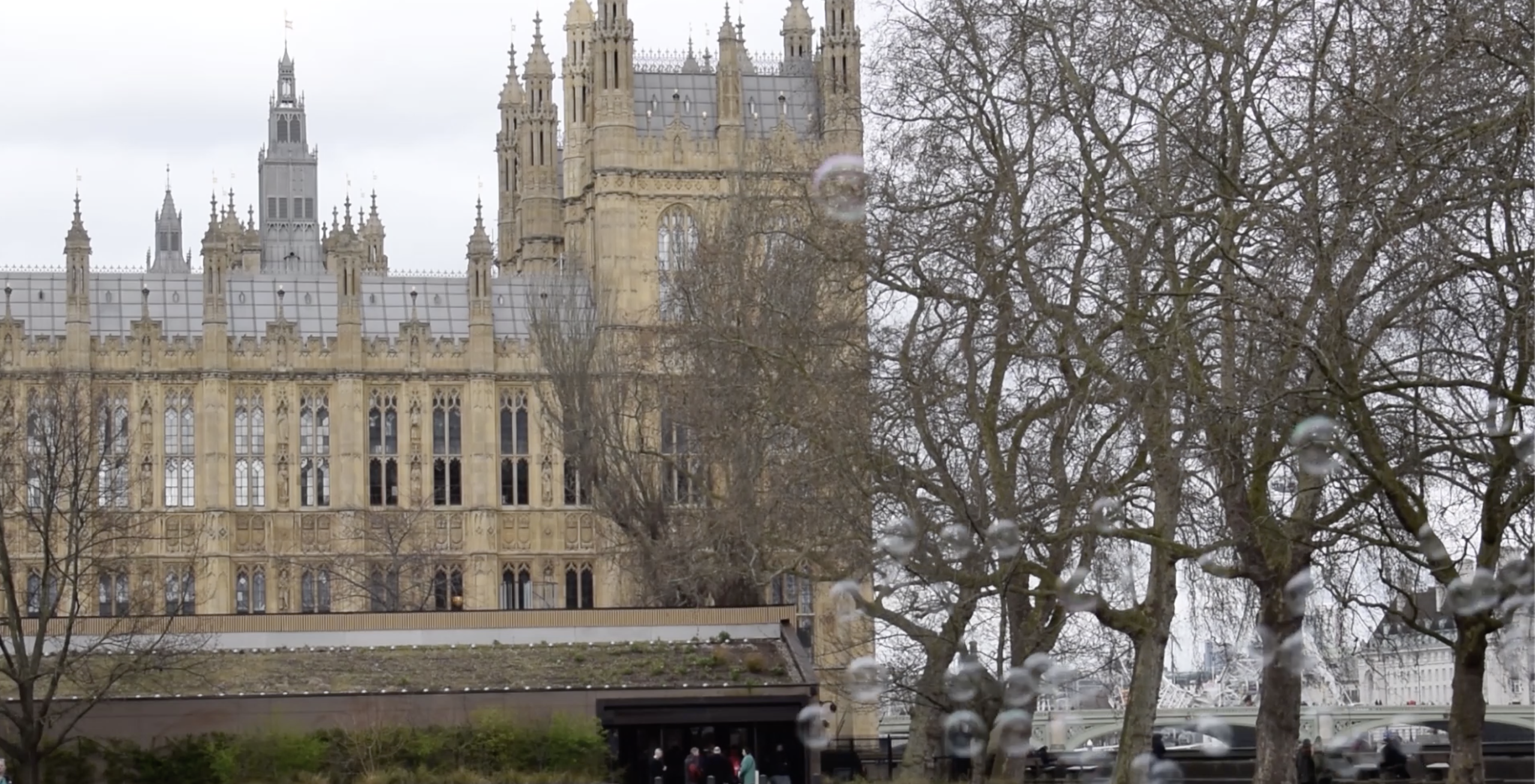
The 2016 vote in favour of Brexit not only demonstrated a rejection of the status quo, but displayed a deep-rooted frustration that many Brits had against the Westminster elite. The ‘Westminster Bubble’ was seen as part of the issue, and the continued anger towards MPs, Lords and those who work in and around Whitehall is that they ignore the values related to anywhere outside of London.
Many view the ‘Westminster Bubble’ as a professional clique located around Parliament, where its members consist of MPs, lobby journalists, peers and researchers. However, is this a fair characterisation of the bubble’s members? What is the real Westminster Bubble?
Patrick Timms, Deputy Editor of political blog Wolves of Westminster, believes that although the conventional idea is that the bubble consists of parliamentarians, he also visualises political bloggers as an added extra.
“The trouble with the fifth estate is it’s quite nebulous; nobody exactly knows quite what it is or where it is or who is doing it.”
Although some bloggers would be considered residents of the Westminster Village, the term ‘Westminster Bubble’ has never been used to describe them.
“It’s used mainly as a term to criticise how parliament works and how decisions are made,” says Joshua Godfrey, the Senior Communications Officer for Conservative MP, Rachel Maclean.
He believes there is a bubble within Westminster, however is adamant that, during this golden age of social media, it makes it easier for MPs to stay in touch with constituents.
Timms, who lives up in the northern town of Crewe, believes “it’s within our human nature” to form bubbles and cliques. Talia Hussain doesn’t view this as a viable excuse. The former Green Party parliamentary candidate says: “I don’t think there’s just a Westminster Bubble, but a socially constructed narrative.”
She recalls a hustings session at City Islington College in London, where Emily Thornberry addressed a room full of Sixth Form students informing them that climate change wouldn’t happen in Britain, as we were the fifth-richest country in the world.
“This idea of the bubble is a very real phenomenon of a reality bubble and the reality they’ve constructed for themselves.”
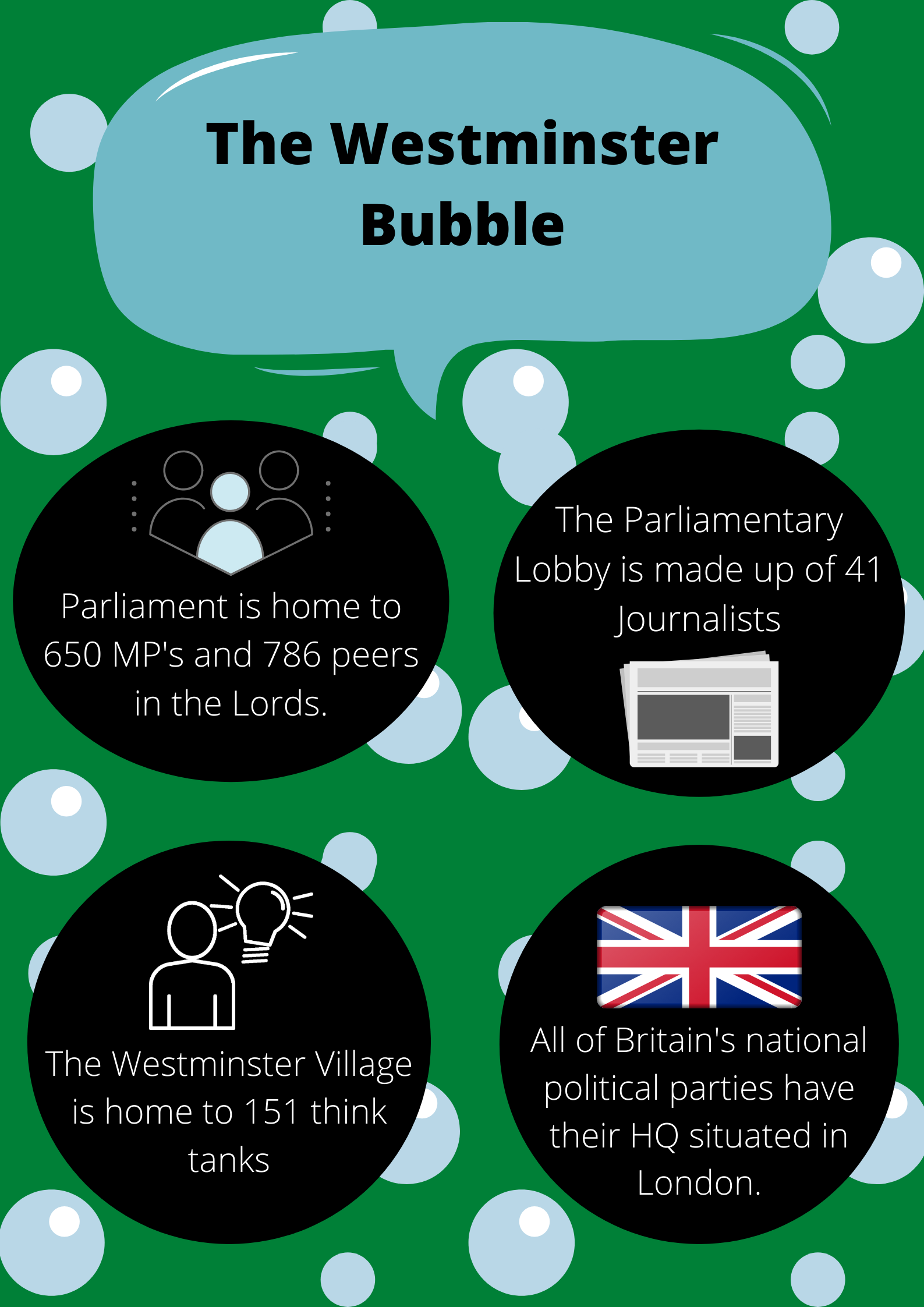
The ‘Westminster Bubble' is home to 650 MPs in the House of Commons and 786 peers in the House of Lords. Also not forgetting the parliamentary Lobby, whose members consist of the top journalists and broadcasters from some of the UK’s biggest publications and media outlets. There are around 41 members of the Lobby, and four of those associates are political bloggers.
Timms raises the point that younger bloggers such as the Guido Fawkes team of Tom Harwood and Christian Calgie didn’t start out as journalists, but have found their way into the ‘Lobby Bubble’, without formal training.
“My key reflection is that when you look at some of the younger people, in particular those in their early 20s, who are now working for organisations like Guido Fawkes, they’ve basically pretended their way into becoming journalists.
Daily Express journalist James Bickerton is not a member of the Lobby, but says:“I think it’s very difficult to be a top political journalist without being part of the ‘Westminster Lobby’.”
Bickerton sees the importance of having access to daily briefings at Downing Street as a key component to how journalists can really understand the inner workings of our political system.
Aside from housing politicians and journalists, the ‘Bubble’ is known for including policy researchers and think tanks.
It’s estimated that there are 151 political think tanks in the UK. They play a key role in scrutinising government policy, trying to apply pressure to political parties to embrace their initiatives.
Both the Conservative Party and the Labour Party have been accused of being political organisations that only serve the interests of the metropolitan elite: those within their ‘Bubble’. One reason as to why this might be the case is the fact that 45% of the UK’s top political parties have their headquarters located in London.
- Conservative and Unionist Party: 4 Matthew Parker Street London, SW1H 9HQ
- The Labour Party: Southside, 105 Victoria Street, London, SW1E 6QT
- The Liberal Democrats: 8–10 Great George Street, London, SW1P 3AE
- The Green Party: 100 Clements Road, London, SE16 4DG
- The Brexit Party: 83 Victoria Street, London, SW1 0HW
London, as seen above, is the home of all the national political parties. Talia Hussain’s argument on behalf of the Green Party is that: “Although their offices are based in London, a lot of the operations, activism and groundwork comes out of the West Midlands.”
When Dominic Cummings was brought in to Downing Street as Boris Johnson’s Chief Advisor, there was a lot of speculation as to whether or not he was going to move Conservative Campaign Headquarters (CCHQ) from its London home up north.
During the labour leadership campaign, Rebecca Long-Bailey had suggested moving the party headquarters - as well as, controversially, the House of Lords - out of London, with the north a favoured choice.
For many, this could be seen as an optimum way to make Westminster politics a more diverse arena.
A satirist’s view of Westminster might be that it's a retirement palace for Old Etonians, and this isn’t surprising as when you look at the statistics. Of the 76 UK Prime Ministers, 20 have been bred from Eton College, seven attended Harrow and six went to Westminster School.
Only nine Prime Ministers have been to non-fee-paying schools. But does this mean Westminster has an issue with diversity? And has it just become an old boys’ club?
James Bickerton imagines the ‘Westminster Bubble’ to be a clique involving individuals from privileged backgrounds who aren’t representative of the UK as a whole.
“I suspect the backgrounds of a lot of people are wealthier than the UK average, it’s probably less ethnically diverse than the UK average and there will be a lot more public school kids than the UK average.”
Joshua Godfrey insists Parliament isn’t as monocultural as some people would believe. He says: “I can only talk from the perspective of working for Rachel. There is a very diverse range of people in not just gender, sexuality, and age, but the fact that none of us went to an Oxbridge college or a private school.”
Godfrey makes the point that most people who work for MPs tend to be ordinary individuals, and the term ‘Westminster Bubble’ is sometimes used to bash MP’s and Parliament.
Zeena Mistry is also a Conservative Party member. Mistry doesn’t believe in the Conservative Party introducing all-BAME and all-Female shortlists; she does, however, think more could be done to help improve diversity.
“I mean, we’ve done pretty well as a party ourselves. We’ve had two female Prime Ministers and we have a really diverse cabinet at the moment, with Rishi Sunak, Priti Patel and Alok Sharma.”
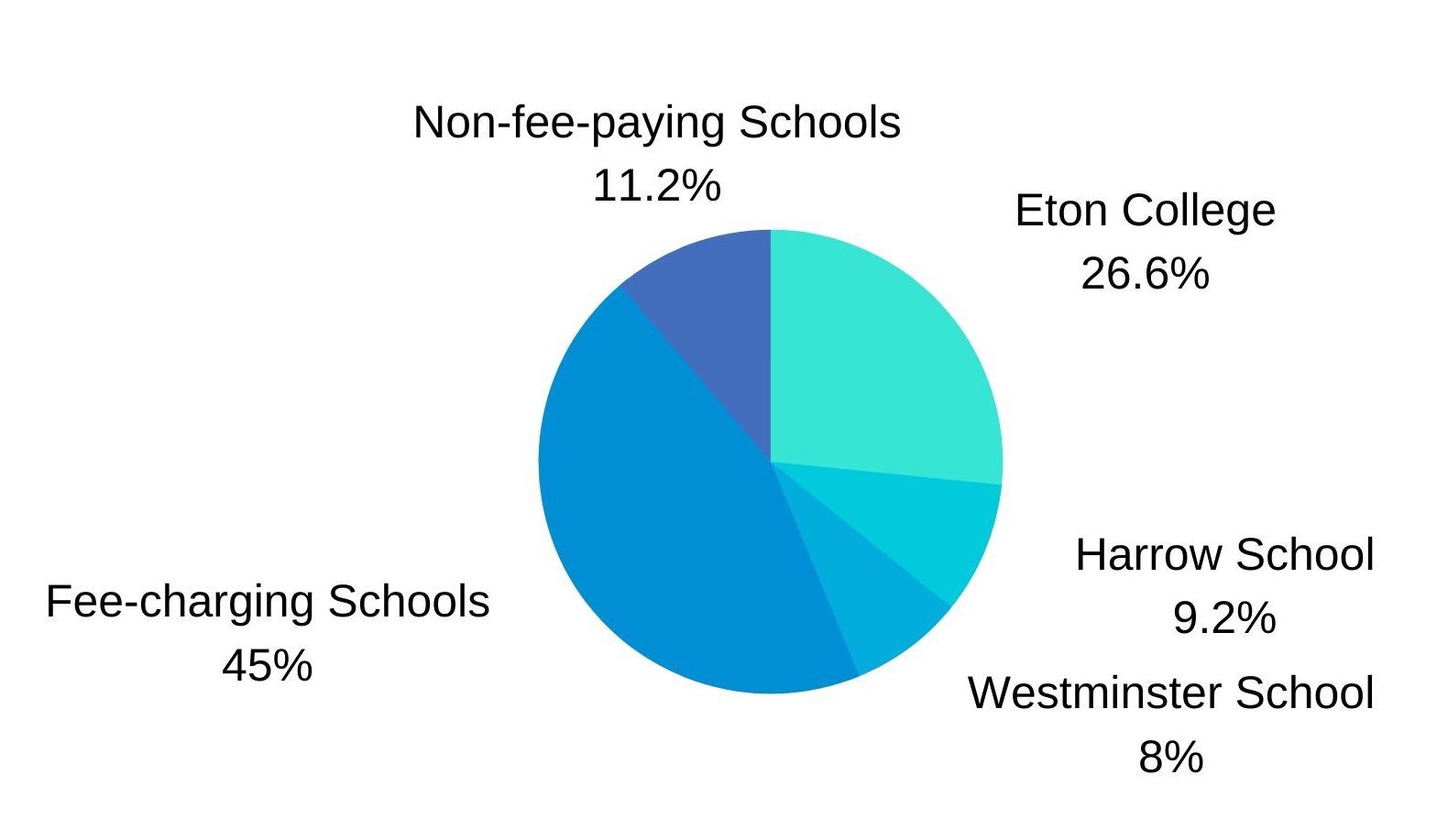
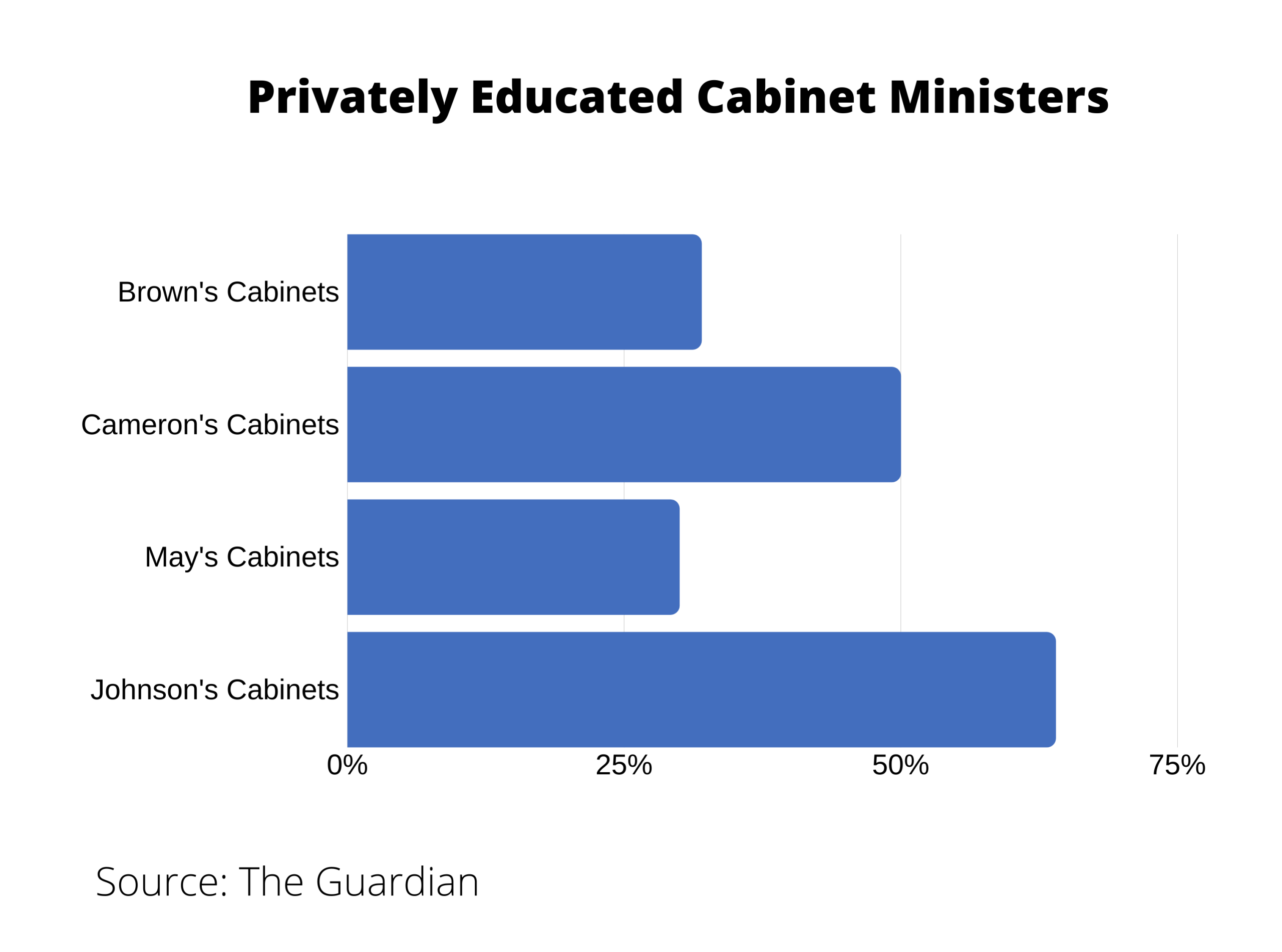
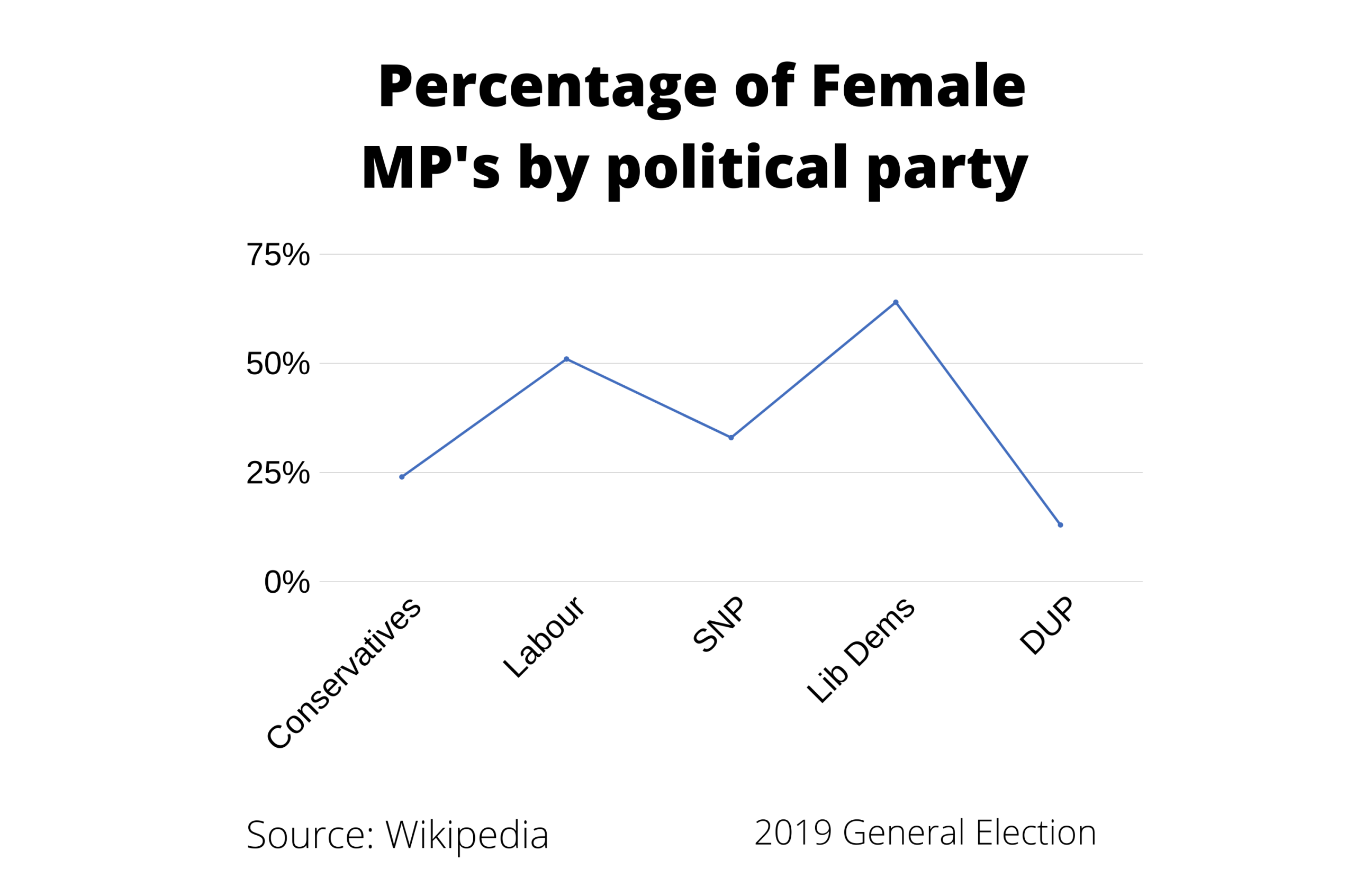
Video: How Diverse is the Bubble?
Video: How Diverse is the Bubble?
How do you burst the Bubble?
A common misunderstanding about this Westminster clique is to assume that there is only one bubble.
What's become increasingly evident from talking to parliamentary staffers, politicos, journalists and activists is that, within the village, there is a vast range of cliques and groups depending on where you work, your age, background and even sexuality.
If you want to get anywhere close to these high-flying politicos, your best bet is heading straight for 'The Red Lion' pub opposite Whitehall.
